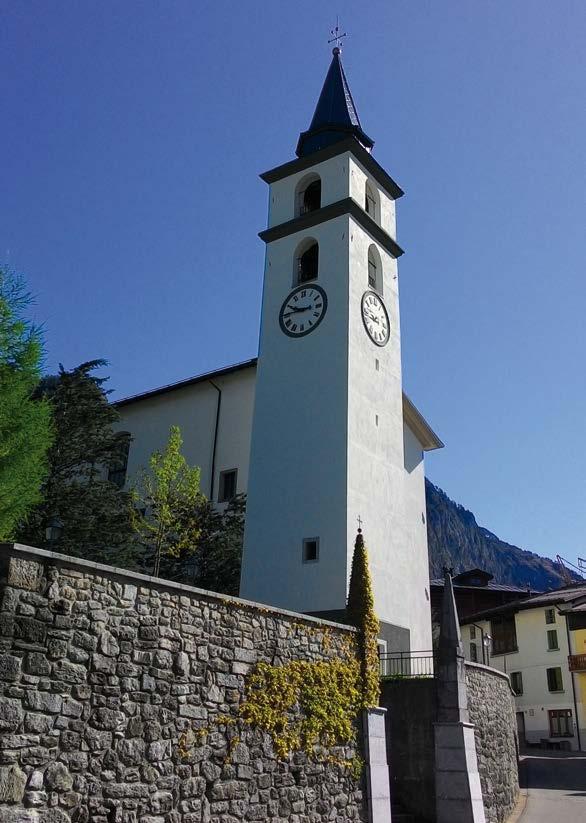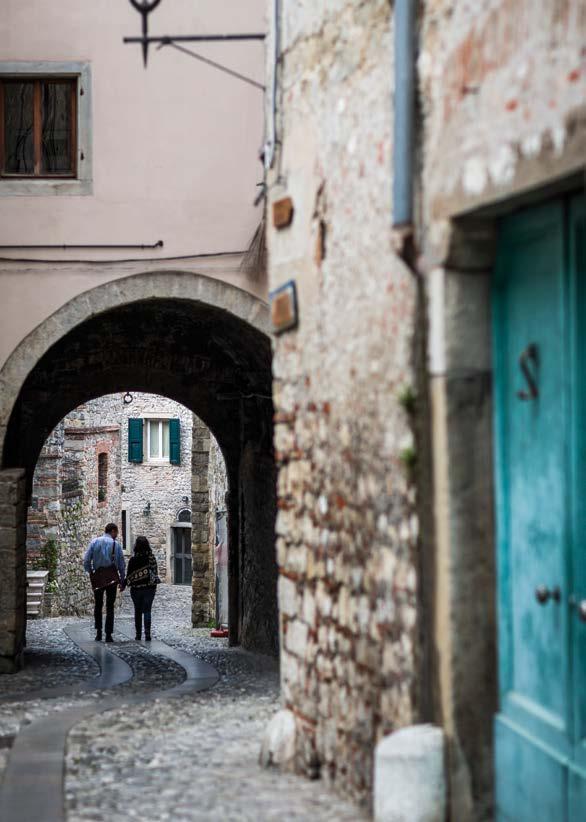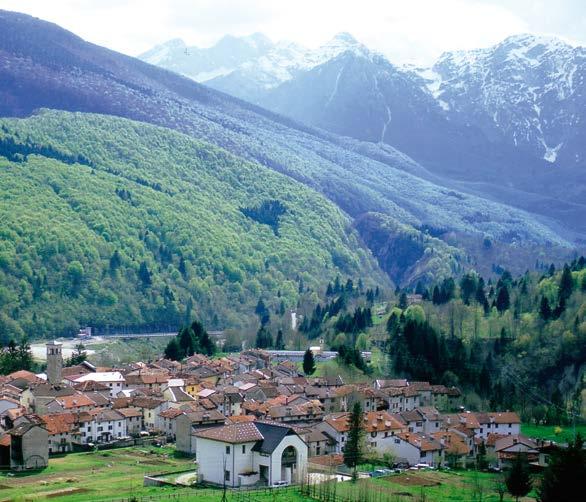MARANO LAGUNARE
The village with the tower that stands out. “Millenaria” (thousand-year old) is what the locals call it, more to underline its importance than to bestow a precise age. You can see it peep out from this suspended place whilst sailing from afar and it immediately appears to be in a world of its own. It is located in a cosy position between the last coastal tip of Lignano and the Lagoon of Grado, and protected from the open sea by a series of islands and islets, such as those of Martignano and Sant’Andrea, also known as the Island of Shells. Up until the end of the 68
nineteenth century, the area was surrounded by walls: not even the Turks in the sixteenth century managed to break through. In addition, the Republic of Venice, which ruled these lands from the fifteenth century to the end of the eighteenth century, tried to keep control of the village in every way possible. Its population is still grateful to this day; the Most Serene Republic of Venice respected local autonomy and the inhabitants of Marano Lagunare are still proud to say that they are from the only Friulian town where Venetian is spoken. However, in addition to
creating linguistic and cultural patterns, the Republic of Venice also had a strong architectural influence on Marano. The town centre is a succession of narrow Venetian lanes and small squares, overlooked by houses, which open onto communal areas for meetings and outdoor work. The buildings are adorned with decorations that tell of an ancient history: bas-reliefs, stone faces and coats of arms. Here, in the lagoon lies the Regional Nature Reserve of the Stella River Mouth, which cannot be reached by land. The delta of the Stella River, along which one can sail





























